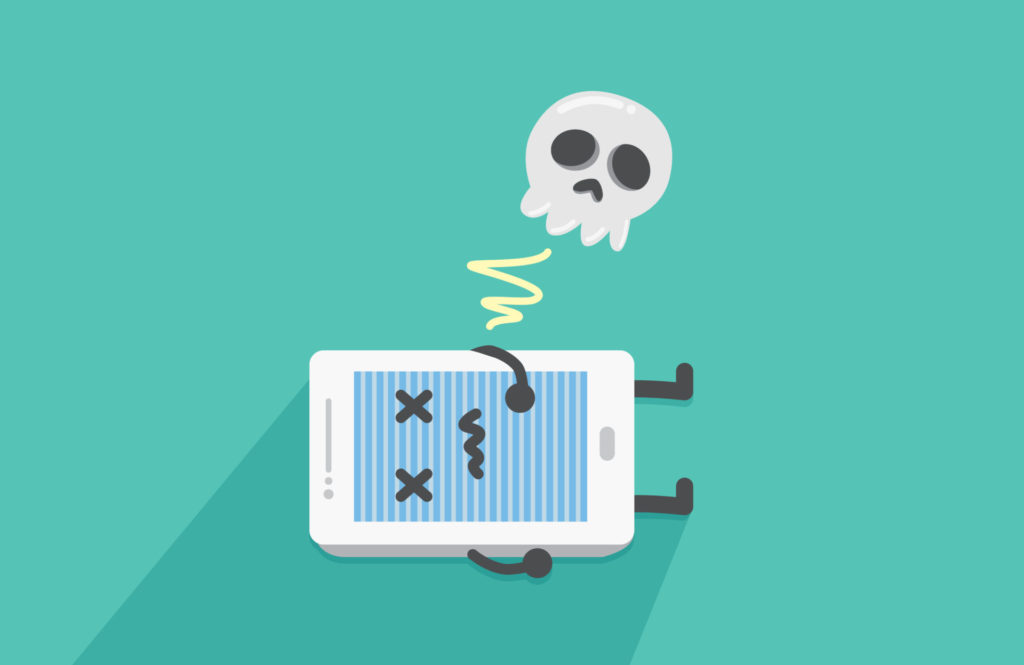Microsoft’s Windows for Mobile platform is now officially dead. While it already died a while ago in terms of sales, the support page on Microsoft has made it official. Microsoft has stopped releasing security and software updates for all Windows mobiles effective Dec. 10. All technical support for the devices also ended on the same date and, which means no smartphone running Windows 10 mobile version 1709 will receive updates.
Here’s part of the official announcement from Microsoft:
With the Windows 10 Mobile OS end of support, we recommend that customers move to a supported Android or iOS device. Microsoft’s mission statement to empower every person and every organization on the planet to achieve more, compels us to support our Mobile apps on those platforms and devices.

What about existing Windows mobile users?
As for those who still use Windows mobiles as their primary device, Microsoft has announced that they can back up all the essential data and some apps until March 10, 2020. Moreover, some features such as photo uploads and restoring a Windows device from an existing device’s backup will continue to work until the end of 2020.
While the support for the devices has ended, users will still be able to continue using their Windows devices. However, some of the OS-based features are going to be affected in terms of usage after Dec. 10.
Should you still use Windows mobiles?
Although users will still be able to use their Windows mobile devices, it is not a good idea. Any smartphone that doesn’t receive timely security updates is vulnerable to cyberattacks. Considering the surging number of cyberattacks globally, users who continue with Windows mobiles open themselves up to serious cyberthreats.

A quick recap
The first-ever Windows OS-powered handsets were launched in the year 2011. These smartphones were originally designed and marketed by Nokia as the Nokia Lumia series of smartphones. In 2014, Microsoft acquired the Lumia series from Nokia and started to phase out Nokia’s name from the branding. Microsoft then started selling the Lumia devices under the Microsoft name. While the demand for these devices was decent in the initial days — thanks to the reputation of Windows OS for PCs — it soon started to fall sharply. Microsoft stopped selling Lumia devices in Microsoft stores by the end of 2016.
With the users dropping in millions, Microsoft confirmed in October 2017 that they would no longer manufacture or sell any Windows OS-based smartphones. While it is obvious the number of Windows mobile users have been falling sharply, there still are a few users who are longing on to Windows handsets. And this announcement from Microsoft is exactly for them.
Images: Shutterstock



